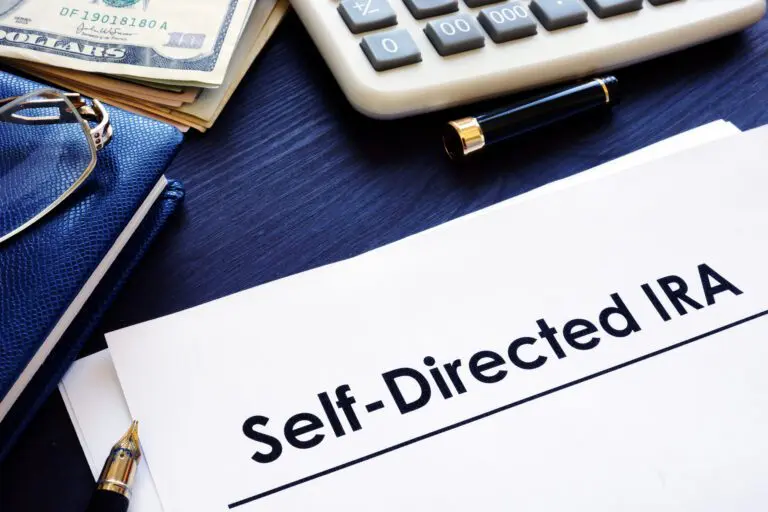Unlocking Financial Freedom: A Brief Guide to Self-Directed IRAs

Take control of your retirement investments and explore a world beyond traditional stocks and bonds
A Self-Directed Individual Retirement Account (SDIRA) is a type of individual retirement account that allows account holders to have more control and flexibility over their investment choices compared to traditional IRAs. In the context of real estate, a Self-Directed IRA enables individuals to invest in a wide range of real estate assets, including residential or commercial properties, undeveloped land, and even private mortgages.
Here’s a breakdown of how a Self-Directed IRA works for real estate and how to set one up:
- Understanding Self-Directed IRAs:
- Traditional IRAs and Roth IRAs are typically managed by financial institutions and limit investment options to stocks, bonds, and mutual funds. In contrast, a Self-Directed IRA allows the account holder to invest in alternative assets, including real estate.
- The custodian or administrator of the SDIRA is responsible for record-keeping, reporting, and other administrative tasks, but the account holder has the authority to make investment decisions.
- Choosing a Custodian:
- To establish a Self-Directed IRA, you’ll need to choose a custodian or administrator that specializes in handling alternative investments. Not all financial institutions offer self-directed options, so it’s crucial to find one that does.
- Funding the SDIRA:
- Once you’ve selected a custodian, you can fund your Self-Directed IRA through contributions (subject to annual limits set by the IRS) or by transferring or rolling over funds from existing retirement accounts.
- Identifying Investment Opportunities:
- With a Self-Directed IRA, you have the flexibility to invest in various real estate assets. This can include residential or commercial rental properties, real estate development projects, tax liens, and more.
- It’s essential to conduct thorough due diligence before making any real estate investment decisions. This may involve researching potential properties, understanding market trends, and, in some cases, consulting with financial and legal professionals.
- Compliance with IRS Regulations:
- It’s crucial to adhere to IRS regulations governing Self-Directed IRAs. For example, transactions must be for investment purposes and not for personal use, and certain prohibited transactions and disqualified persons are to be avoided to maintain the tax-advantaged status of the account.
- Ongoing Management:
- The custodian or administrator will handle administrative tasks, such as record-keeping, reporting, and compliance. However, it’s the account holder’s responsibility to manage the day-to-day aspects of the real estate investment.
Setting up and managing a Self-Directed IRA for real estate can be a powerful strategy for diversifying your retirement portfolio. However, it’s essential to work with experienced professionals, including a knowledgeable custodian, tax advisor, and potentially legal counsel, to ensure compliance with all regulations and maximize the benefits of this investment approach. If you are thinking about using your IRA to invest in your future, contact me. I’m happy to discuss.
